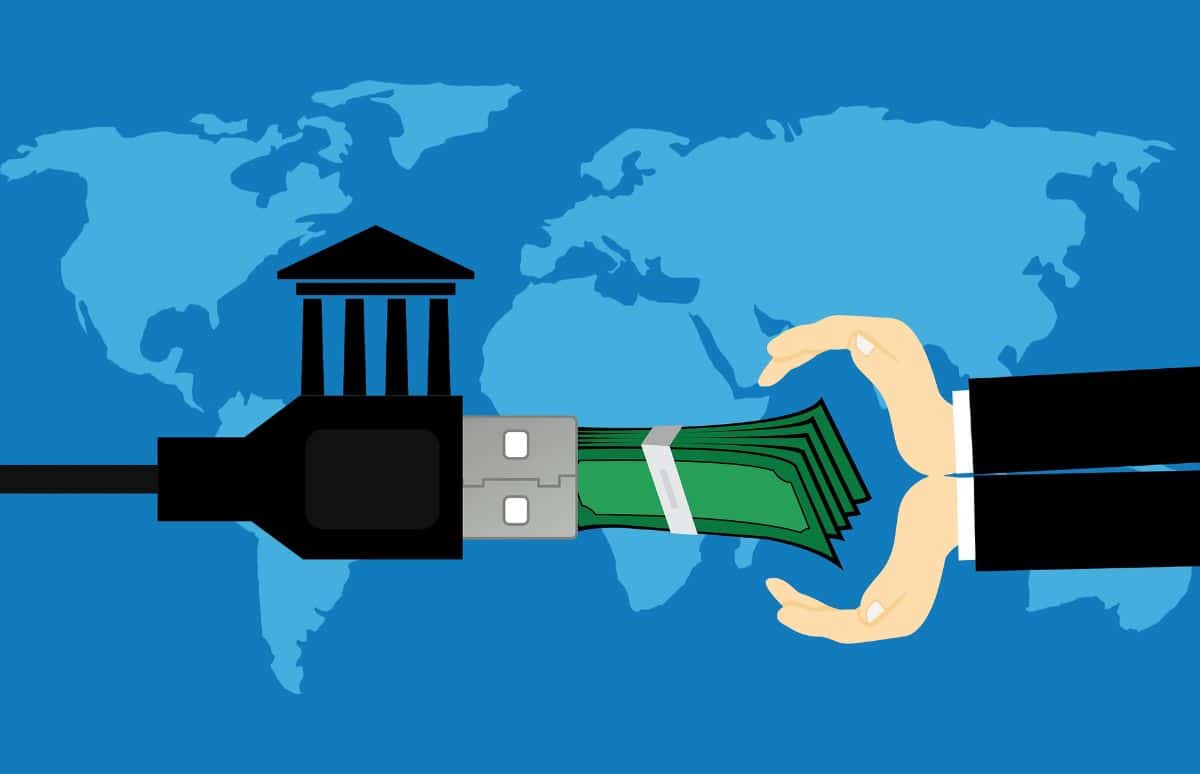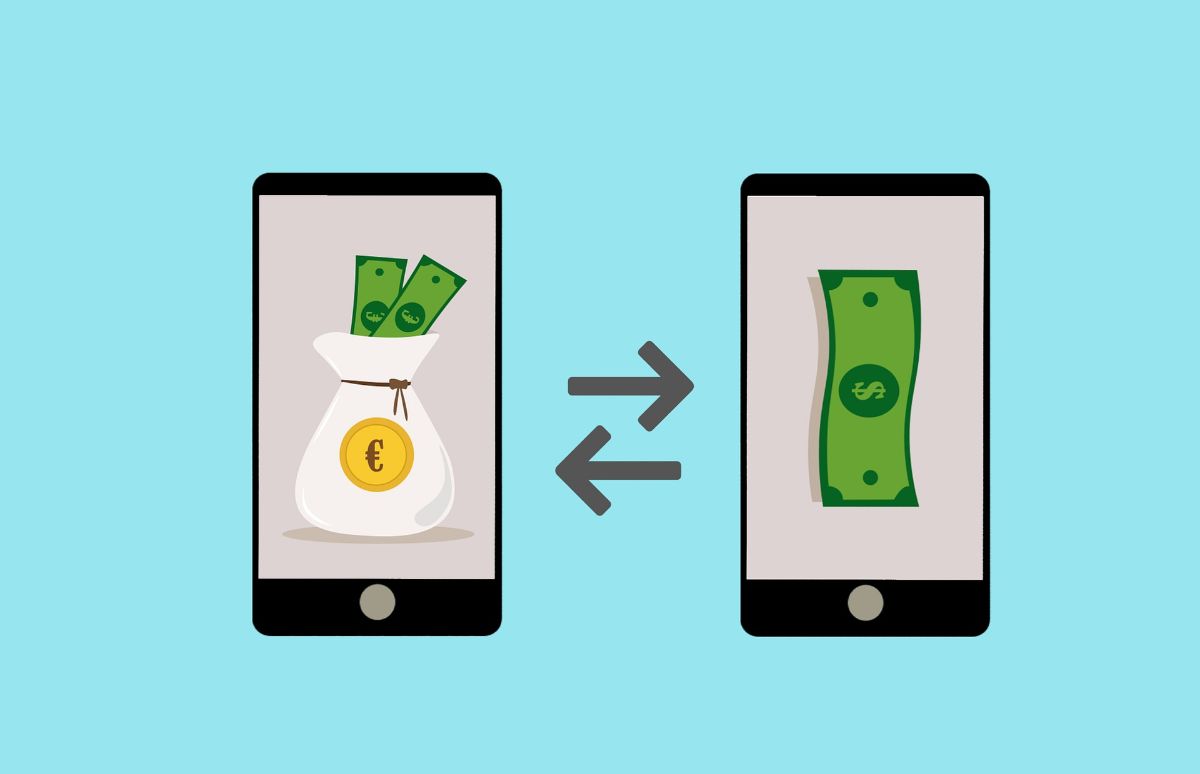
Have you ever heard of the money order? Do you know exactly what we are referring to? It is a term that we use almost every day., although we do not say it verbally, but with certain activities, he does.
But what is the payment order? When is it given? What is it for? Everything and some more things is what we are going to talk about next.
What is a payment order

A payment order can be defined as a obligation given to a bank to pay a certain amount to a third person (physical or legal).
In other words, They are instructions that the holder of an account must give to the bank so that it proceeds to send the money to another third individual, legal person, company or institution.
Actually, it's like a way to confirm sending money to other people, as long as certain requirements are met.
How does a payment order work?

Right now you may be thinking that a payment order is similar to the one you give when you pay with your card and the bank asks you to credit that transaction on your mobile. Y the truth is that you would not go wrong astray.
The payment order is carried out through two phases:
In the first phase, the bank must accept and process the issuance of the payment order. But to do so, you need to check the information first. Among the data that will be requested will be: the data of the payer and the collector, that is, who sends the money and who receives it; the amount of money, put both in numbers and in letters; the currency in which the transfer must be made; bank details and account number, either BIC or SWIFT. In addition, there will be a special code if the money received is greater than 12.500 euros.
If all is well, the bank sends the money to the other person's banks. But don't give it to that person yet.
The second phase begins when the receiving banks have received the money. They check everything again and, if it is correct, the beneficiary is credited.
Who are the participants of the payment order

Given all of the above, there is no doubt that several agents act when carrying out a payment order. But, stopping to know what they are, here you will have a summary:
- payer. It is the person who has to send the money to another person, company, association... This person must go to their bank to formalize this order and thus guarantee the sending of the money.
- Issuing bank. It is the one that will be in charge of sending the money, deducting it from the account of its client, who is the payer, and transferring it to the receiving bank of the beneficiary. This bank can be the same as that of the payer or not. For this service, the bank charges a series of expenses and commissions.
- Receiving bank. It is in charge of receiving the funds and also verifying that everything is correct before paying it into the beneficiary's account. In turn, this can also lead to a series of commissions to your client, as well as expenses.
- Beneficiary. He is the person who receives the money in his account and can use it for whatever he wants.
What advantages does it have
It may be that you still do not see the advantages, but the truth is that there are and there are several. In summary, we can tell you that the advantages of a payment order are:
- Be very fast. Because between sending and receiving, the process can take between 24 and 48 business hours.
- You can pay in any currency. As we have told you, one of the data that the bank will ask you for when you go to formalize a payment order is that you tell it in which currency you want it to be made. This helps a lot in the commercial exchange and in being able to make transactions all over the world.
- We are talking about a safe method. And it is safe because it operates through banks and it is these that guarantee the movement of money and its safety.
The not so good
Despite all the advantages that the payment order offers, we cannot forget that there is also a disadvantage. And it is that to do this you have to pay a series of costs in banks What must be considered.
On one hand, are the SHA expenses that will be shared for both. On the other hand, they are BEN expenses, which will be paid separately by each as determined by your bank.
In addition, Another disadvantage for the ordering party is that it cannot be guaranteed that he will receive the merchandise. that you have bought (or to perform the service) and, on the other hand, the order will be processed.
What types of payment order can exist
Currently, there are two payment orders that are processed practically with the same process.
single transfer
This is the most common and the one that is done in almost all cases.yes It consists in that the payer allows the bank to access his account to subtract the amount of money that is needed to carry out the transfer.
To do this, this must be done, either in person at your bank's office, or electronically on your bank's website, within what would be your personal (or business) account.
File transfer
When you have to make many payments to beneficiaries, for example in the case of a company that has several payrolls of workers or that has to pay different suppliers, the transfer is carried out in files.
This is faster because with a single document you can manage a large number of orders of payment.
It is called that because what the payer does is prepare a file with which he can establish the amount for each beneficiary, as well as the currency in which it must be done, bank, etc.
As you can see, the payment order is much more present in our day to day than you might think at some point. Do you have any doubt? Leave it in the comments and we will try to answer it.